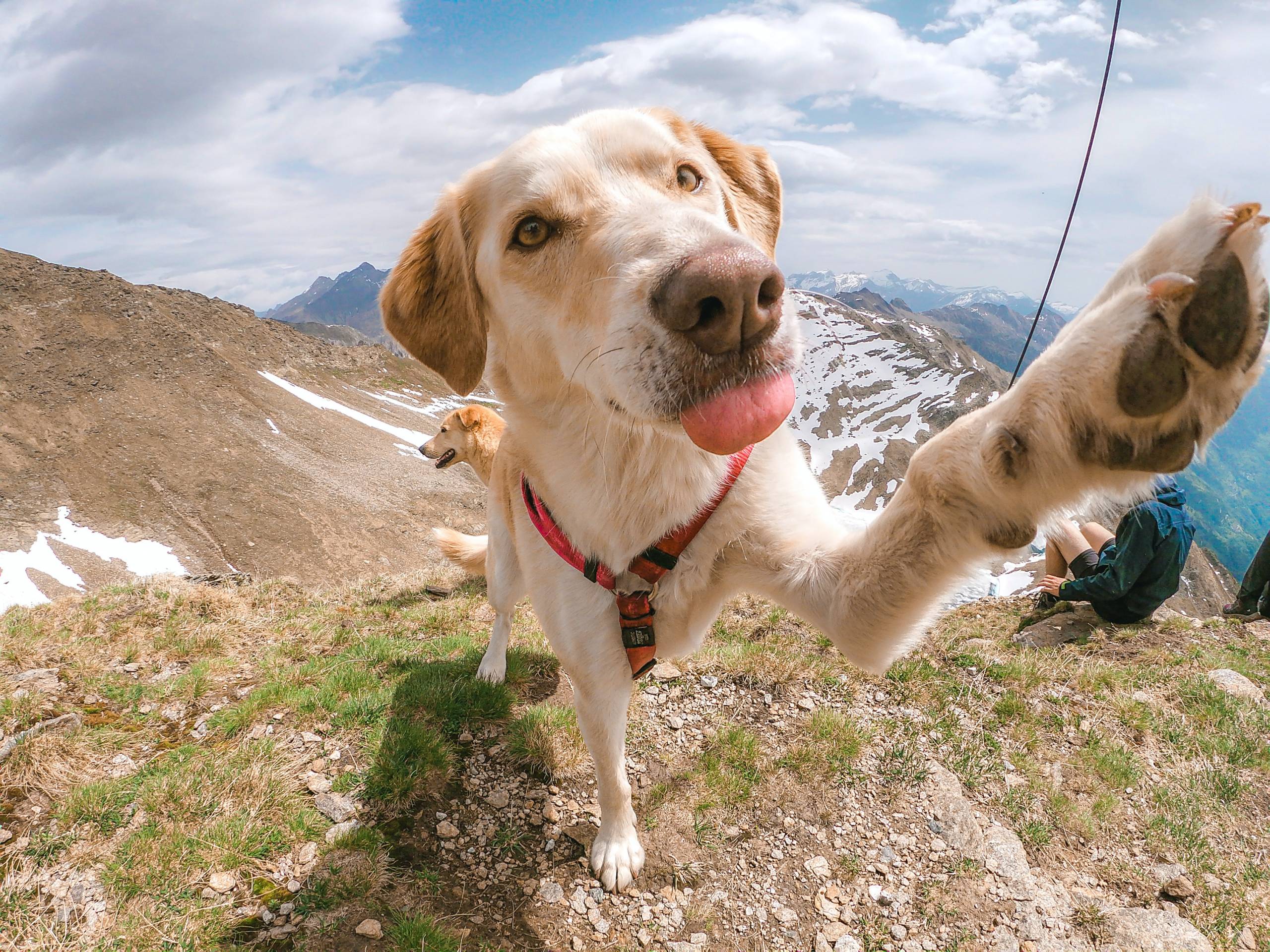Crate training a puppy can seem challenging, especially for first-time dog owners. While the thought of confining a young dog may feel harsh, when done correctly, it provides a safe space and aids in house training. This process not only helps your puppy enjoy their crate but also instills valuable skills that benefit both of you in the long run. With patience and consistency, crate training can be achieved in just three days.
Day One: Setting the Stage
Begin by selecting a crate of the appropriate size for your puppy. It should be spacious enough for them to stand, turn around, and lie down comfortably, but not so large that they can use one end as a bathroom. Puppies instinctively avoid soiling their sleeping area, so a well-sized crate encourages them to hold it until they can go outside.
Position the crate in a quiet area of your home where your puppy can feel secure. Allow them to explore the crate freely, perhaps by placing their favorite toy or some treats inside. This creates a positive association with the crate. Never force your puppy inside, as this can lead to fear and anxiety. Instead, let them approach the crate on their own terms.
Throughout the first day, practice short periods of crate time. Place your puppy inside for about 10 to 15 minutes while remaining in the same room. Use a calm voice to reassure them and avoid making a fuss when letting them out. If your puppy whines or barks, wait for a brief moment of silence before allowing them to exit. This teaches them that being quiet earns them freedom. Gradually increase their crate time, rewarding them with treats and praise for remaining calm.
Day Two: Establishing a Routine
On the second day, start establishing a routine. Consistency is crucial when crate training, as dogs thrive on predictability. Take your puppy outside for potty breaks first thing in the morning, after meals, and right before bedtime. This helps them understand that they should relieve themselves outside. After each potty break, encourage your puppy to return to the crate and reward them for entering willingly.
Utilize the crate while attending to household tasks. If you need to cook or clean, place your puppy in the crate with a safe chew toy to keep them occupied and comfortable. Avoid using the crate as a form of punishment; ensure your puppy associates it with positive experiences.
As the day progresses, gradually extend your puppy’s crate time to 30 minutes to an hour. Remember to give them breaks to play and potty. Monitor their behavior closely; if they seem anxious or distressed, reduce the time spent in the crate. The goal is to ensure your puppy feels secure and happy within their space.
Day Three: Reinforcing Positive Experiences
On the third day, reinforce the positive experiences your puppy has had with the crate. By now, they should be more comfortable entering the crate independently. Continue rewarding them with treats and praise whenever they go inside. Incorporate crate time into your puppy’s daily routine, gradually increasing the time they are left alone.
Consider introducing longer periods of crate time, especially during the night. If your puppy has been sleeping in your bedroom, transition them to the crate in another room gradually by placing it next to your bed for the first few nights, then moving it to your desired location. Be patient; allow your puppy time to adjust.
As your puppy becomes more comfortable, experiment with leaving them alone for short periods while you step outside. Start with a few minutes and gradually increase the duration as they show they can handle it. Always return to reward them for remaining calm and quiet.
Understanding Your Puppy’s Needs
Throughout this process, remain attentive to your puppy’s needs. Crate training is not a one-size-fits-all approach, and every puppy adapts differently. Some may adjust quickly, while others take longer. Monitor their behavior and adjust your methods as necessary. If your puppy shows signs of distress, take a break and try again later.
While crate training can be completed in three days, the aim is to create a lasting positive experience for your puppy. With patience, consistency, and love, your puppy will learn to view their crate as a safe haven. This not only aids in house training but provides them with a cozy space to relax.
Beyond crate training, continue nurturing your puppy’s socialization, training, and mental stimulation. Engage in positive reinforcement training and provide ample opportunities for exercise and play. A happy, well-trained puppy thrives in a loving home.
Emphasizing trust and understanding is key to this journey with your new puppy. Crate training is not just about teaching them to stay in a confined space; it’s about building a bond that lasts a lifetime. With each successful training session, you are not only teaching a skill but also helping to boost their confidence and sense of security.
By following these steps over the course of three days, you can successfully crate train your puppy. This essential skill lays the groundwork for their development and contributes to a harmonious environment in your home. Embrace the process, celebrate the small victories, and enjoy raising your puppy into a well-behaved and happy companion.



